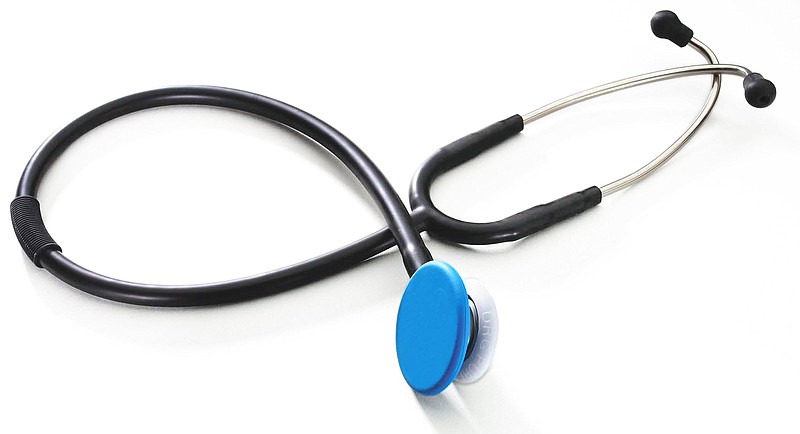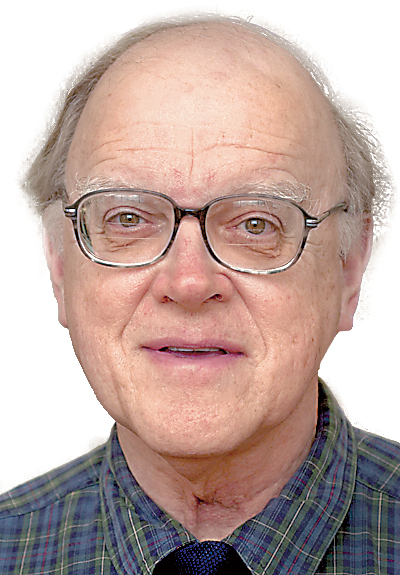Health-care spending in the United States showed slight increases during the years of the economic downturn that began in 2008. But a recent report in Health Affairs journal details a sharp rise in medical expenditures for 2014, the most recent year for which there is complete data.
Compared with 2013, overall health-care spending rose by 5.3 percent to $3 trillion or 17.5 percent of Gross Domestic Product. For individuals, per capita costs rose to $9,523. Health care exceeded the overall rate of inflation by 1.2 percent.
The most recent health-care data for other countries is from 2013. Compared to the U.S., France had the next most-expensive health care, which consumed 11.5 percent of GDP. Switzerland and Germany were next at 11.5 and 11.3 percent respectively. Canadian health care accounted for 10.9 percent GDP.
Each of these countries provides health care for all residents.
Much of the increased spending in the U.S. is due to expansion of Medicaid and the private insurance market, both consequences of the Affordable Care Act of 2010 (ACA). Total Medicaid spending by federal, state and local governments for 2014 approached half a trillion dollars or 16 percent of total health-care spending.
Largely due to the ACA, the number of Americans without health insurance fell by 8.7 million during 2014, while the percentage of Americans with health insurance rose to 88 percent. The ACA has succeeded in expanding coverage to many previously uninsured persons, including those denied insurance because of pre-existing health problems.
Households and the federal government each account for 28 percent of health-care spending in the U.S. Private businesses account for 20 percent, state and local governments 17 percent.
Out-of-pocket expenditures account for 11 percent of health-care spending. These represent co-payments and deductibles and other expenses not covered by health insurance.
Programs within the ACA to reduce costs include coordinating care for people with complex, chronic illnesses, bundling or combining costs for treatment that includes multiple caregivers, and making preventive services such as vaccinations and mammograms available without co-payment. These initiatives should, with time, slow the rate of cost increase for health-care spending.
Of all components of health care, prescription drugs in 2014 showed the sharpest price rise at 12.5 percent compared to 2013. Much of the increase is due to the high costs of drugs for treating hepatitis C, various cancers and multiple sclerosis. Prices for a number of generic drugs showed sharp increases during the year.
A number of new, high-priced specialty drugs will soon be released. Without some form of price restraint, new prescription drugs will steadily drive health-care spending rapidly upward. Pricing for new drugs and increasing charges for older drugs are entirely arbitrary decisions made in corporate boardrooms. Without some form of governmental regulation, drug prices will continue to soar.
Many providers are unaware of the cost of the medications and tests which they prescribe. Medical journals and conferences highlight the benefits of new drugs and technologies but seldom mention the accompanying cost. Concerted efforts by medical educators to make every provider cost-aware will slow the rise of health-care spending.
Cost-consciousness on the part of consumers also will slow medical inflation. But this can only occur if the price for every medical test or intervention is clearly posted.
There are no simple solutions to inflation in health-care spending. A summit that involved representatives from all clinical and administrative health professions, economists, business and political leaders and manufacturers of drugs and medical devices just might identify solutions if tight government regulation was presented as the alternative. We cannot continue our current profligate ways.
Contact Clif Cleaveland at ccleaveland@timesfreepress.com.

